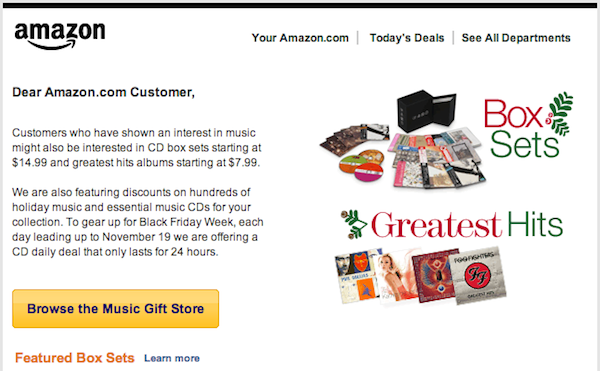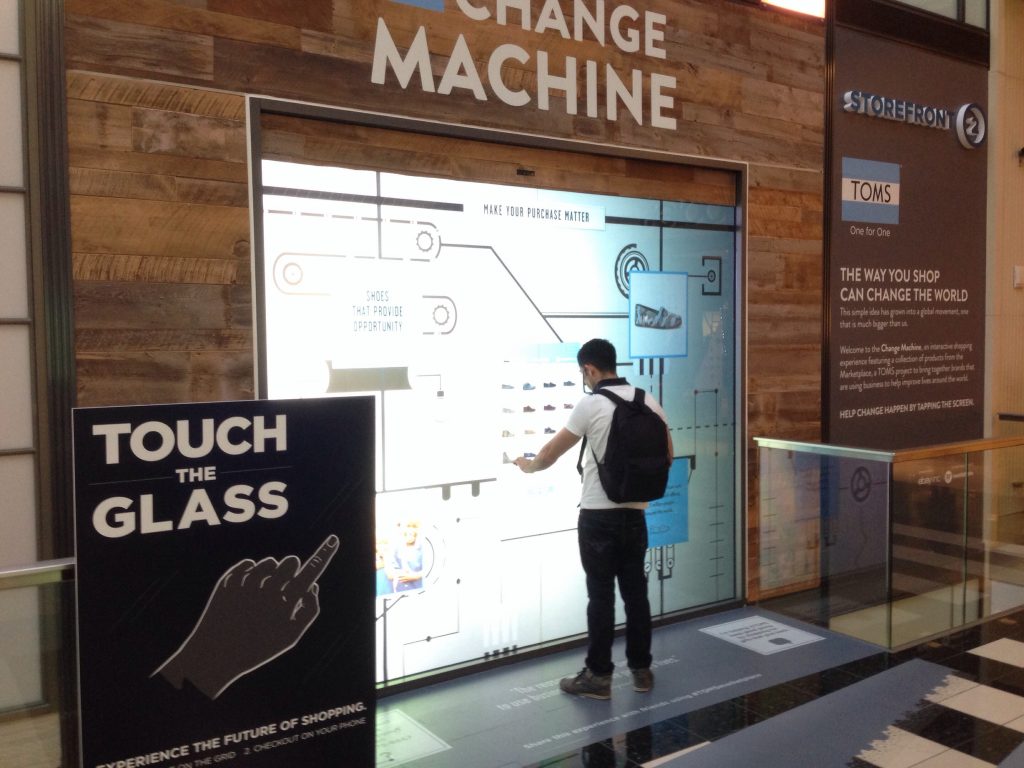Content is the life of any marketing and advertising communication. Content can be written such as blogs or posts, visual such as videos, printed material, or auditory such as podcasts. Now content has evolved to become interactive. Interactive content allows customers to consume content through interaction. Companies have the opportunity to boost brand awareness using interactive shopping experiences. Interactive content, when used well, offers customers an evolved marketing experience, which encourages them to get involved, choose how, when and where they do their shopping.
Why Interactive Content?
The digital landscape is ever changing and evolving to meet the customers’ needs and exceed expectation. Content has always been king because without quality content how will you connect with your customers?
Interactive content gives the customer the chance to learn more about the product or service they wish to purchase, all from the comfort of their mobile screen. This idea seems far-fetched today, but demand is increasing for interactive content.
Here are 5 trends in content marketing
1. Live Streaming – Facebook Live, YouTube Live, Snap Chat
2. Virtual Reality
3. Email Marketing
4. Native Content
5. Storytelling
Some of these trends are expensive and time-consuming with companies often outsourcing work to digital marketing experts. But small and medium-sized businesses can still compete with simpler yet effective interactive content such as email marketing and short video ads.
Live Streaming
Live video streaming is increasingly popular as it gives customers up to the second interactive streams. As I said in previous posts, a video is a hugely engaging and easily digestible form of content. A video makes sense as we are very influenced by what we see. Companies have the chance to interact with their customers in real time and vice versa. For example, some companies use webinars to discuss their work or discuss what makes them leaders in their field. Webinars allow a high level of interaction via questions and comments but also can include the use of social media platforms such as Facebook and Twitter.
Virtual Reality
Most of us have seen some form of virtual reality and never dreamt it would become a marketing tool. But what better ways to sell products or services than have your customers experience it.
North Face the clothing company used virtual reality to boost conversions and brand awareness through various interactive platforms over a period, which proved very successful.
Email Marketing

Any company, big or small, can benefit from email marketing. Newsletters are a great way to create interactive content. It isn’t hard to build a customer email database and create targeted email offers or updates. It keeps your company at the forefront of your client’s minds.
Native Content
Push publicity and marketing styles are well on the way out. Customers demand to be informed but through a seamless non-invasive way, i.e. native content.
Storytelling
Storytelling is proven to win the hearts of customers over and over again. Customers are digitally saturated and if content isn’t engaging they have the power to click away in a second. Companies have to push themselves to interact and engage with their customers. Remember a bad review can happen in a few keyboard strokes. Tell them or even better show your clients what you can do for them. Show them your dedication, the quality of work you believe in and that you do care about your job and your customers.

Advantages to Interactive Content
- Encourages engagement and sharing by its nature
- Boosts Conversions – A study conducted by Aberdeen shows that companies have increased their conversion rates by more than five times by focusing on content marketing.
- Interactive content educates and informs customers faster; thus they are more likely to be aware of your company, and what is does.
- Storytelling creates insight into who your business is, hence humanises your business and customers are more likely to trust what you have to say.
- Increase brand awareness through interactive content such as webinars, podcasts, video demonstrations, or tutorials, etc.
Conclusion
Interactive content is growing rapidly due to increased technological capabilities. Customers are more aware of choice and are willing to research online to find the best, compatible solution to what they need. Companies need to engage with new marketing trends or at least be aware of what is possible. Your interactive content does not have to cost you the earth but investing in creating some will pay off in the end.










